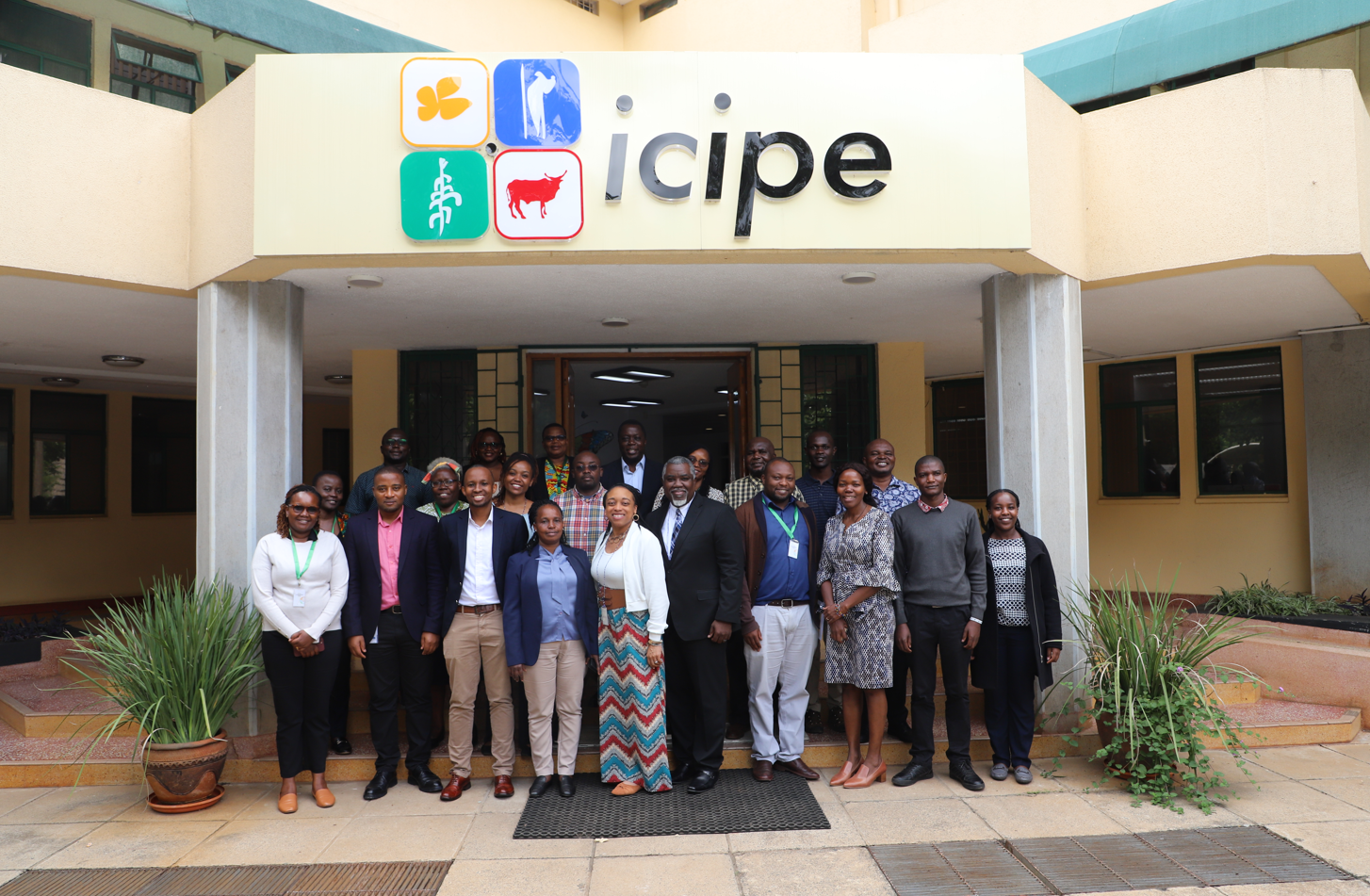Changing farmers’ lives to help them change the world
One of the things we say all the time at IFDC is that if smallholders want to increase their incomes, they must run their farms as businesses. When we use words such as capacity building and commercialization, we’re saying, “Let’s transform this farmer into an entrepreneur.” If we can help farmers change their mentality, they can change their farms into agricultural enterprises.
Francisco Toro, author of the Campaign for Boring Development blog, states, “The only way you can fight poverty is by boosting … incomes.” A simple – but true – statement. I think it’s safe to add that the only way to boost farm incomes is by commercializing farms. Commercialization is a process, taking into account everything from financing farmers’ operations and providing them technical assistance to linking them to markets to sell their crops.
Here are a few takeaways (for more info, check out our CASE solution):
Commercialization means treating a farm like a business. Think perspective. The family farm – even any smaller gardens attached to it – must not be seen simply as a source for food. Seeing the farm as a sole source of income is the first step. When viewing their farm this way, farmers are willing to invest more money, take risks and adopt modern technology and practices to increase income.
Commercialization is initiated through training. Consider the proverb about teaching a person to fish – except without the teacher. Though we may perform groundbreaking research and tout improved farming techniques, without trainers, commercialization is impossible. That is why IFDC emphasizes training so often – it’s our heritage, and it’s our future.
Commercialization can end the poverty cycle. The primary goal of commercialization is creating sustainable incomes. Farmers who run businesses (and not just simply grow crops) can break free from the poverty cycle. By generating a sustainable income, these farmers can increase family nutrition, improve education and overcome other factors hampering socioeconomic growth.
Practically, commercialization looks different for every farmer, depending on crop, location, culture, etc. IFDC uses Commercialized Sustainable Farming Systems, or CSFS, to determine a profitable system based on these parameters. The system, among others, encourages farmers to adopt modern technologies by helping them reduce risks by investing in seeds and fertilizers that work best with their crops and soil.
Commercialization offers smallholder farmers opportunities to grow, to increase their family’s standard of living and influence their future generations for the better. Furthermore, commercialization allows smallholders to be the heroes of global food security.
But as Daniel Yohannes, CEO of the Millennium Challenge Corporation, said recently, “training farmers alone is not sufficient. You have to be able to give them access to markets.”
Stay tuned for our next installment in the What Farmers Need series to learn why commercialization depends on farmers’ access to markets.



